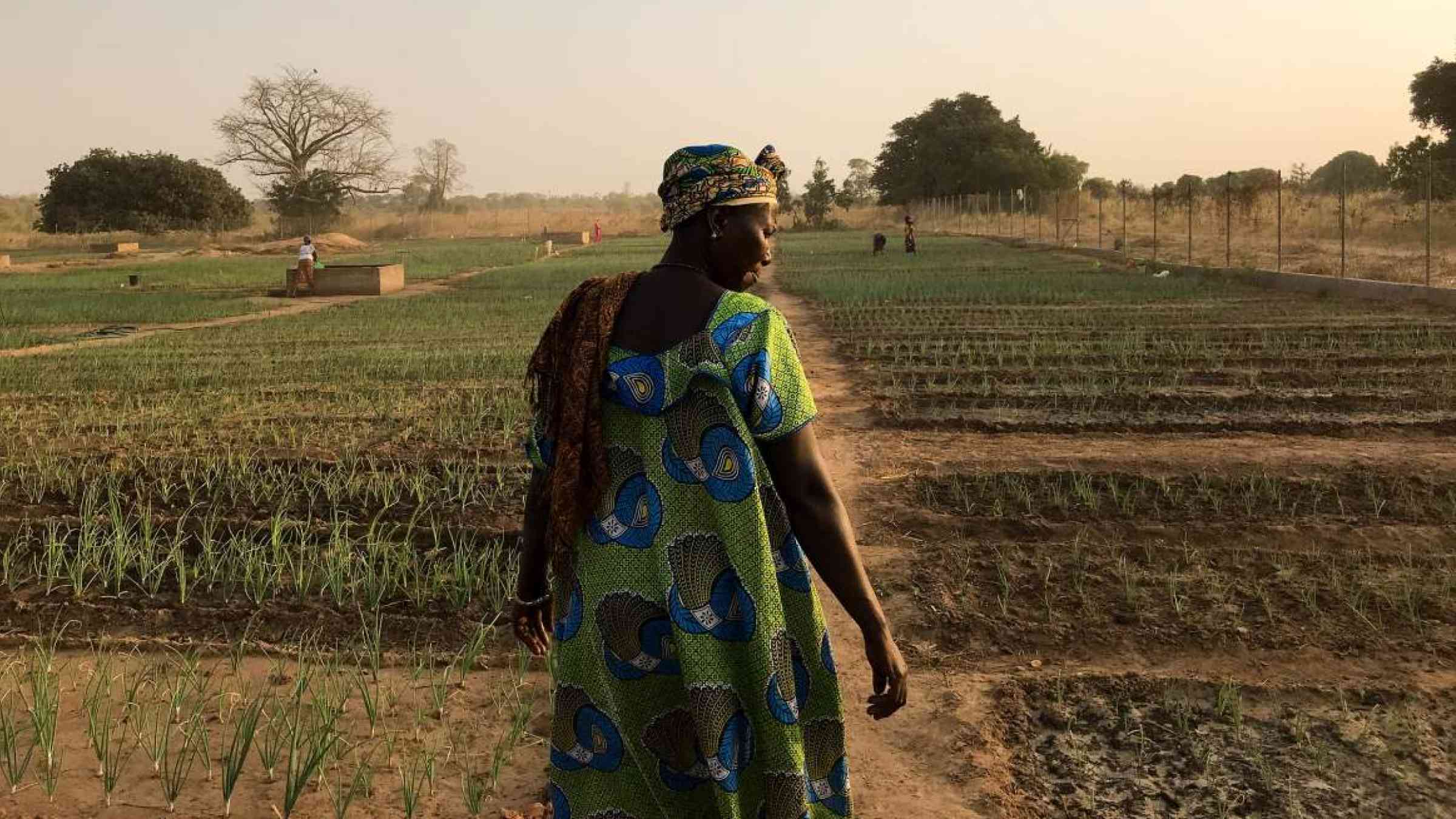Communities, contingency plans, and nature-based approaches: The Gambia’s path to resilience

In the past, The Gambia responded to disasters once they have struck, but the country has recently taken steps to focus on building resilience – to reduce the impacts of hazards, so that they needn’t result in disaster.
To make this happen, the National Disaster Management Agency (NDMA) in The Gambia recently joined the Making Cities Resilient 2030 (MCR2030) initiative to help people become more resilient to hazards.
Empowering local governments and communities
As one of the MCR2030’s newest members, the country is focused on getting local governments and communities on board. The Gambia now has regional coordinators in place who work with each city’s council and the mayor or governor.
The goal is to create strong relationships between local, regional, and national governments, and to empower each region to take charge of its hazards.
The regional coordinators raised several issues with the municipalities and councils concerning advocacy principles to mainstream disaster risk reduction (DRR) in their development agenda:
- to improve understanding of the role of advocacy in mainstreaming DRR & climate change adaptation (CCA) at local, sub-national, national and global levels;
- to better understand the range of stakeholders (global to local) affected by, engaged in, and holding a stake in DRR and CCA, as well as their interaction within development;
- to understand the role and possible incentives between different stakeholders with a view to aligning interests;
- to mobilize the public, including business representatives, to take action to raise awareness of climate change and disaster risk reduction to increase political will to support resilient development; and
- to improve skills for advocacy, lobbying, social media campaigning, and other initiatives to raise the profile of mainstreaming DRR and CCA.
This was done using the entry points for mainstreaming DRR and CCA into development, with a focus on:
- explaining the meaning of DRR and CCA mainstreaming;
- understanding the strategic entry points for DRR and CCA mainstreaming;
- recognizing the opportunities and key principles for DRR and CCA mainstreaming; and
- developing the main components of a mainstreaming strategy for their Institutions.
Tropical weather-related hazards
The Gambia’s long rainy season means many hazards involve tropical weather events.
In July 2022 flash floods affected about 69,000 people, with many more displaced. It also disrupted water supplies and sanitation.
Previous years also brought extreme weather: In 2021, The Gambia dealt with a massive windstorm; in 2020 flash floods caused widespread destruction.
Regional hazard proposals
The government has now created a hazard proposal for each region, to determine the specific hazards to which each area is most susceptible.
To achieve this, the NDMA sat down with regional heads of government to create contingency plans. Participants, hand-picked from the community at the district level, gave their input on their local needs for disaster resilience and response.
In many cases, the resilience plans involve addressing degraded natural resources.
Planting trees to resist windstorms
Disasters caused by windstorms, for example, are a mostly man-made phenomenon, as the most impacted regions are those that have been severely deforested. After the extreme windstorm in 2021, regional offices in the North Bank and West Coast regions took preventative action, planting 500 trees.
The NDMA encouraged locals to plant trees with this message:
‘If this tree grows, it could stop your home from falling down during a windstorm, and could also be a source of food.’
Regenerating mangroves for coastal resilience
Another early success is a youth-led non-profit initiative: The Gambia Ocean Heroes.
The Heroes advocate for reclaiming swamps by planting mangroves. The loss of mangroves has led to saltwater intrusion on riverbanks, disrupting biodiversity, and increasing vulnerability to a range of hazards.
The group is addressing this by planting mangroves, tackling a new region each quarter.
A more resilient future
The Gambia is at the beginning of its path to resilience, but there is great hope for the future.
In order to realize its ambitious plans, the NDMA aims to have 100 percent of its communities participating in the MCR2030 initiative by the end of 2022.
Fatoumatta L Sisay is Communications Officer at the National Disaster Management Agency, The Gambia.
Editors' recommendations
- Astana’s journey to building safe, resilient and liveable communities
- Barcelona’s top tips for tackling disaster risk: Inclusion and participation at the heart of resilience building
- Results in resilience: Charting a path to coastal resilience in The Gambia
- Gambia: Voluntary National Report of the MTR SF